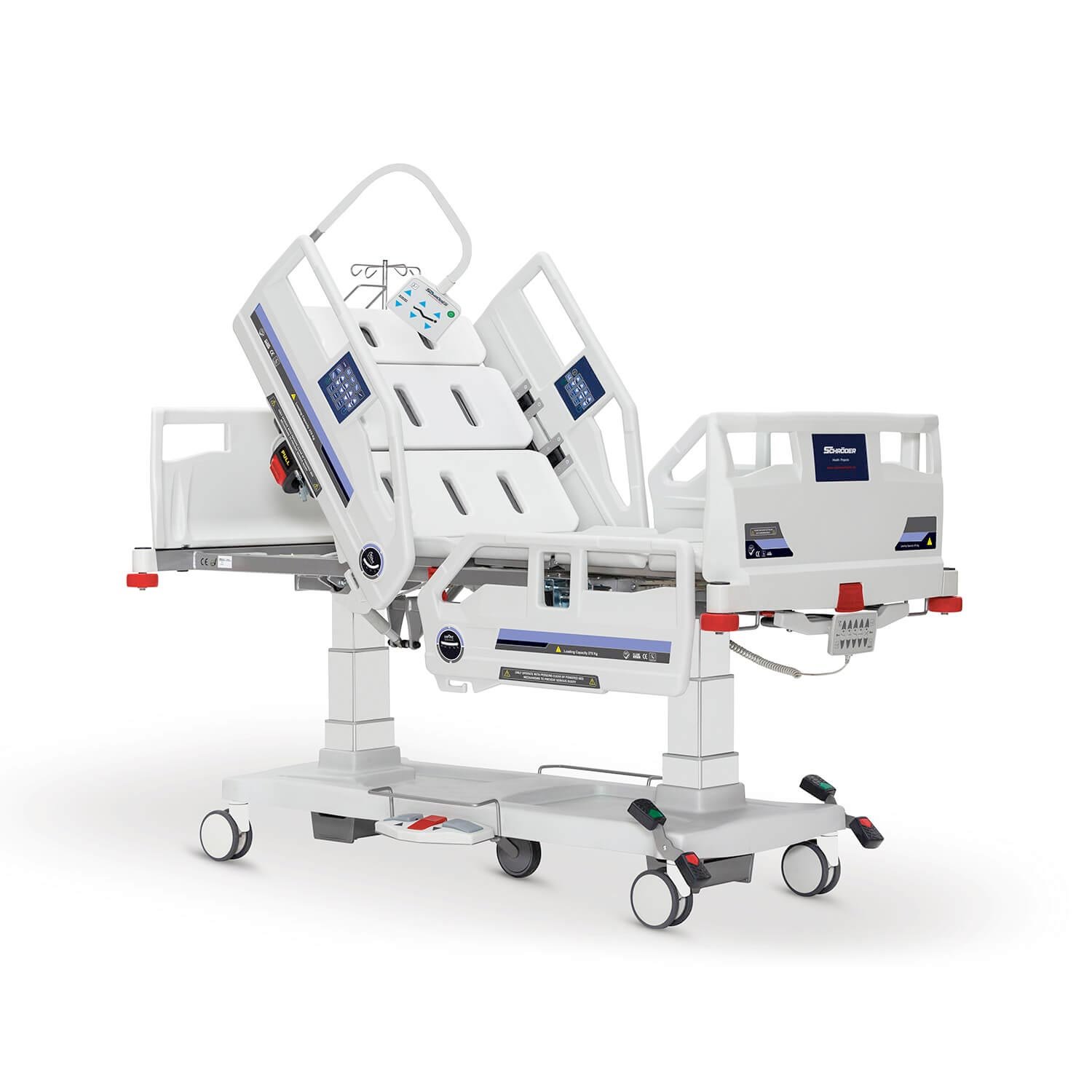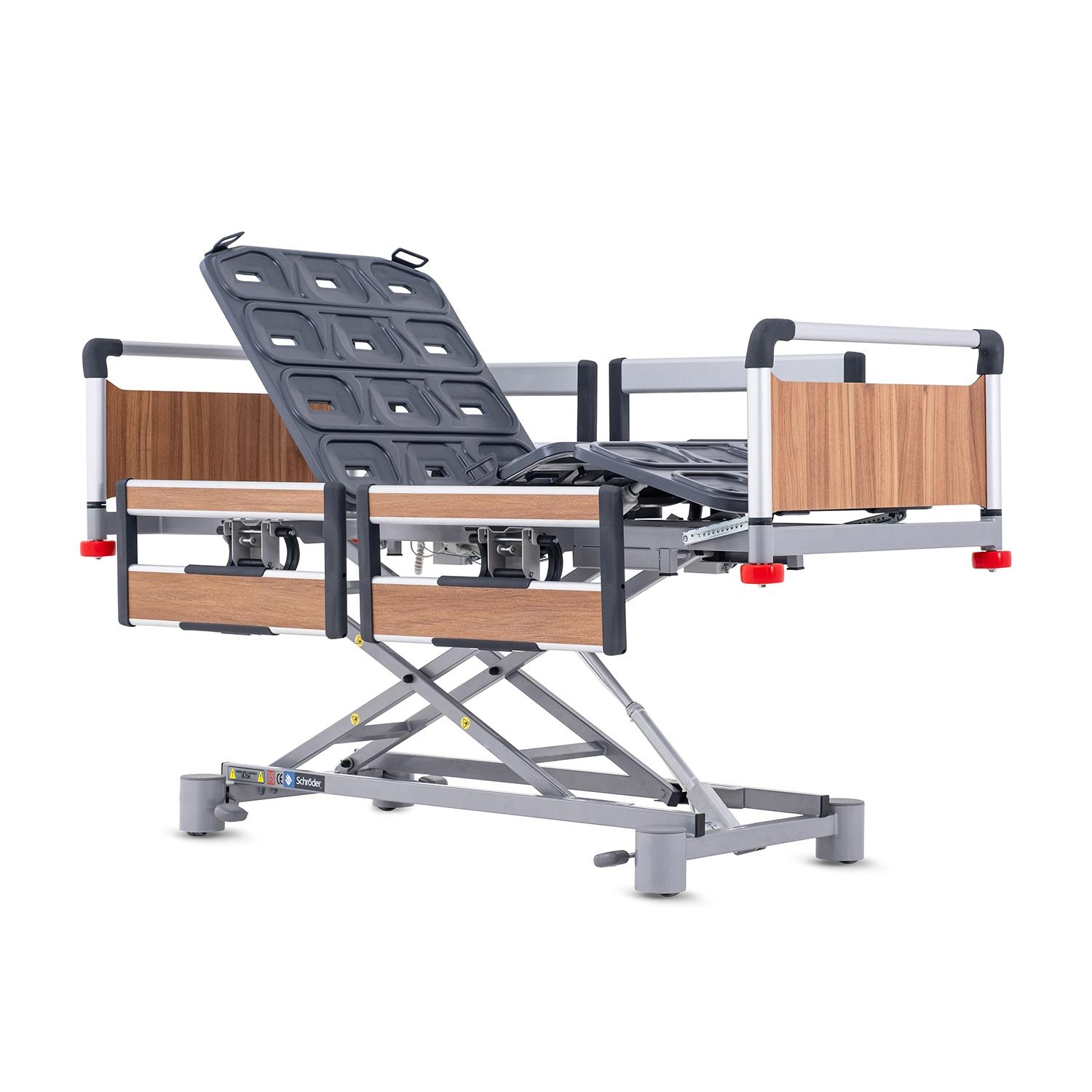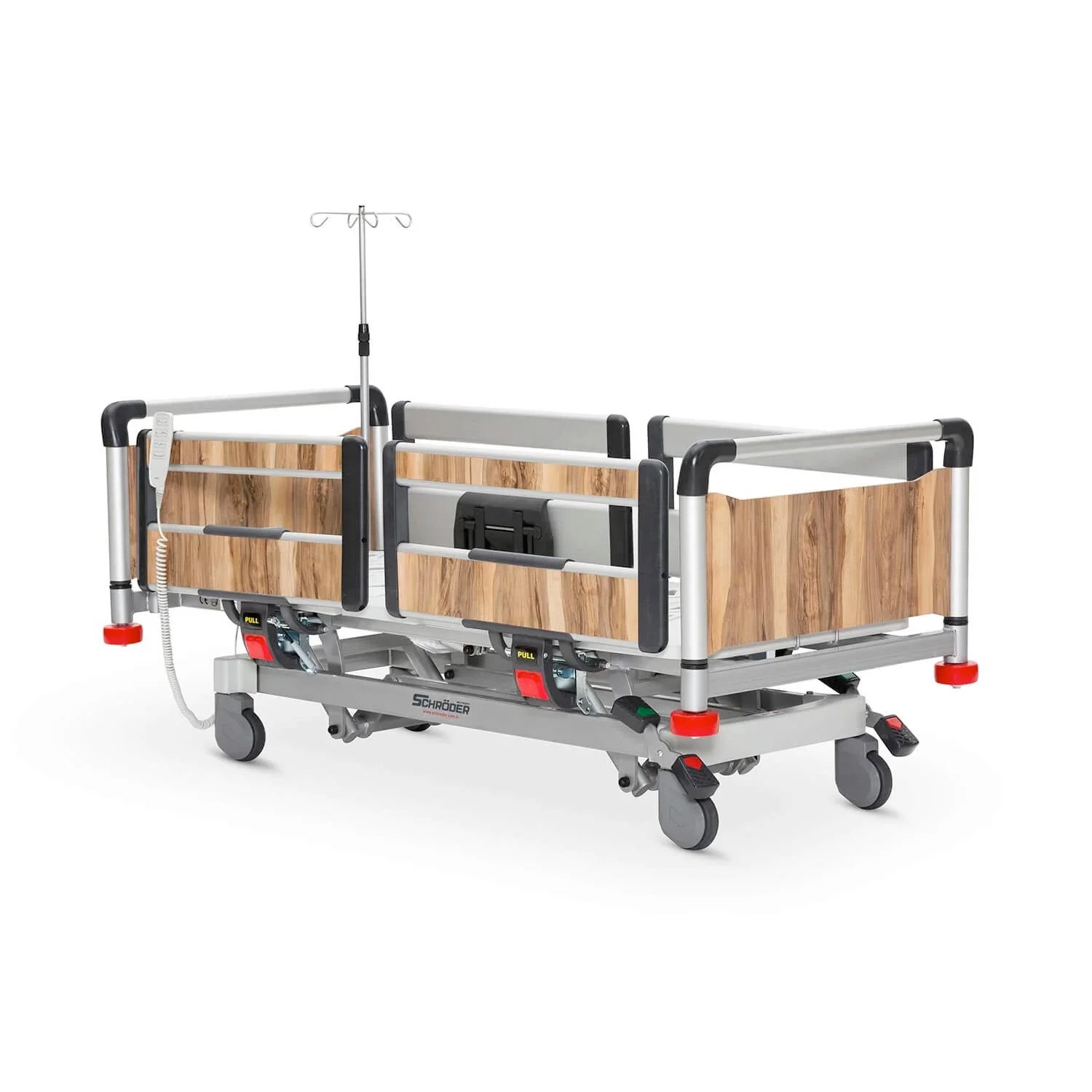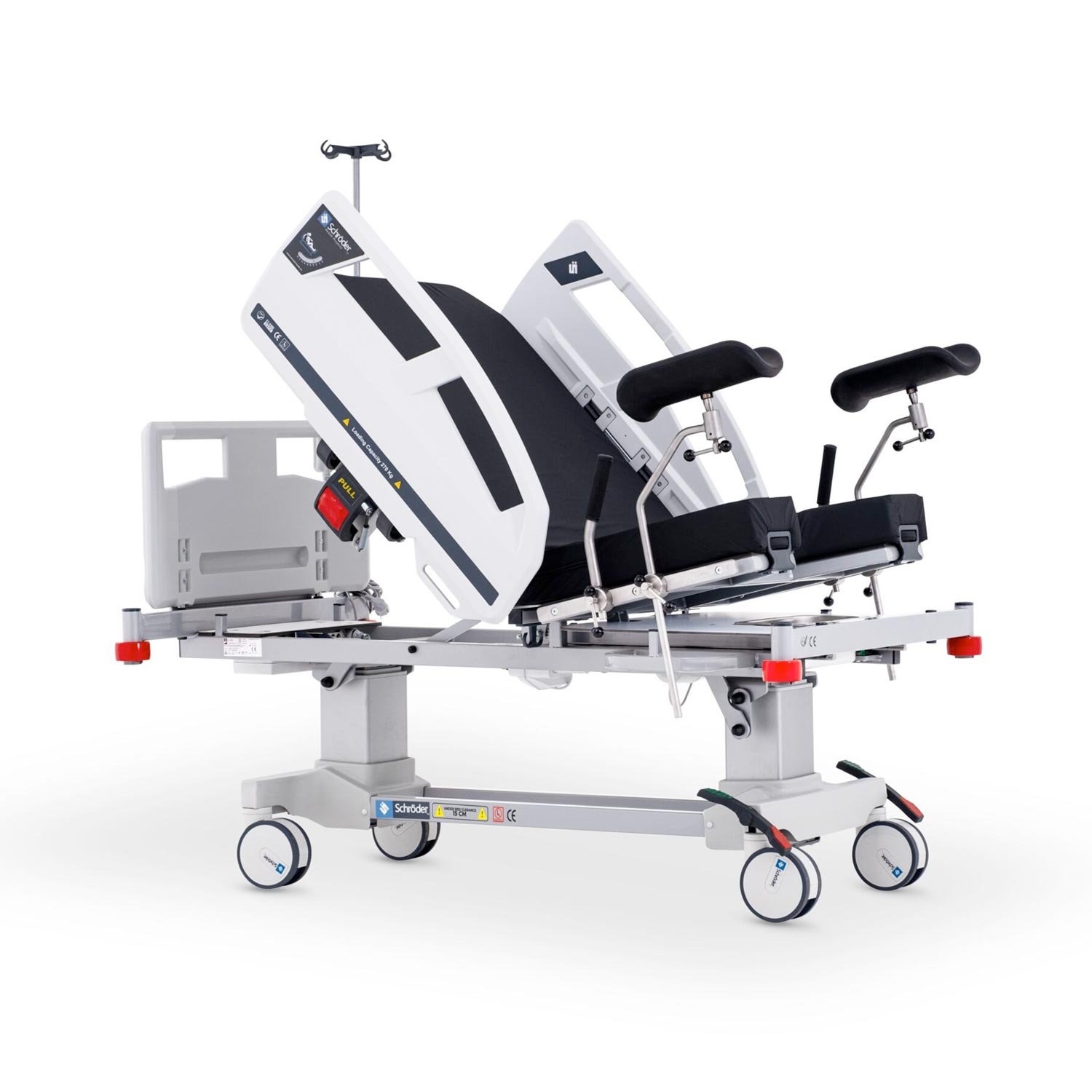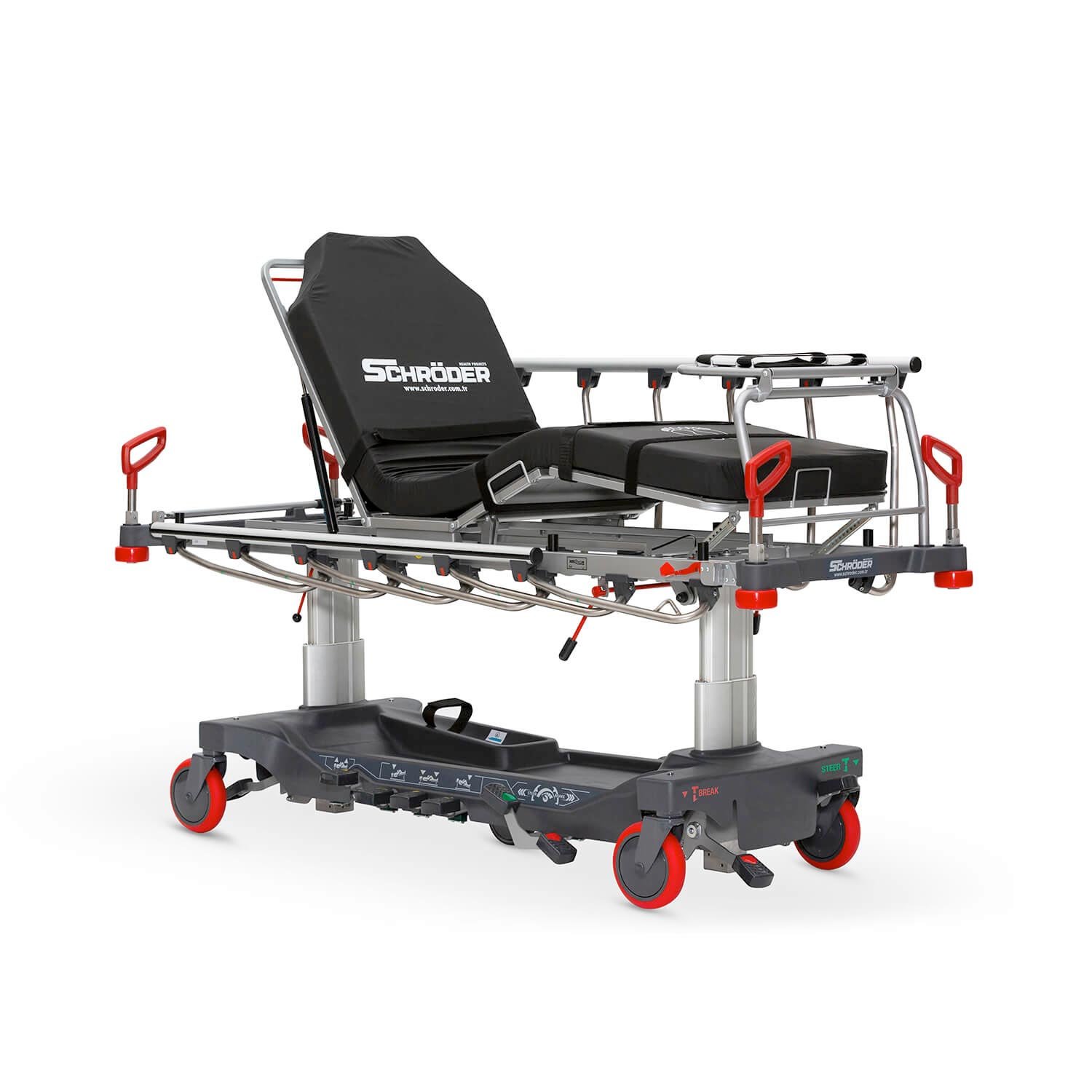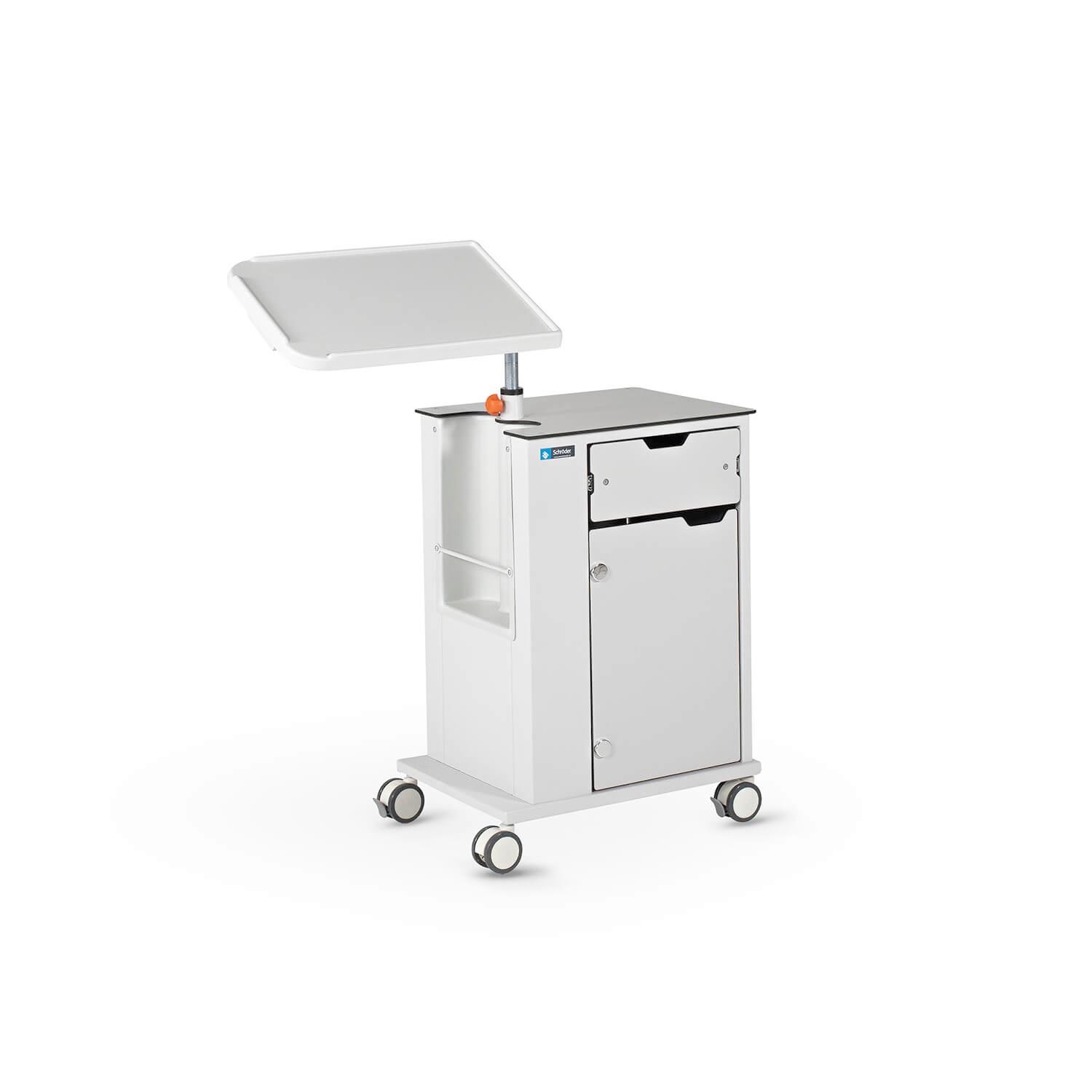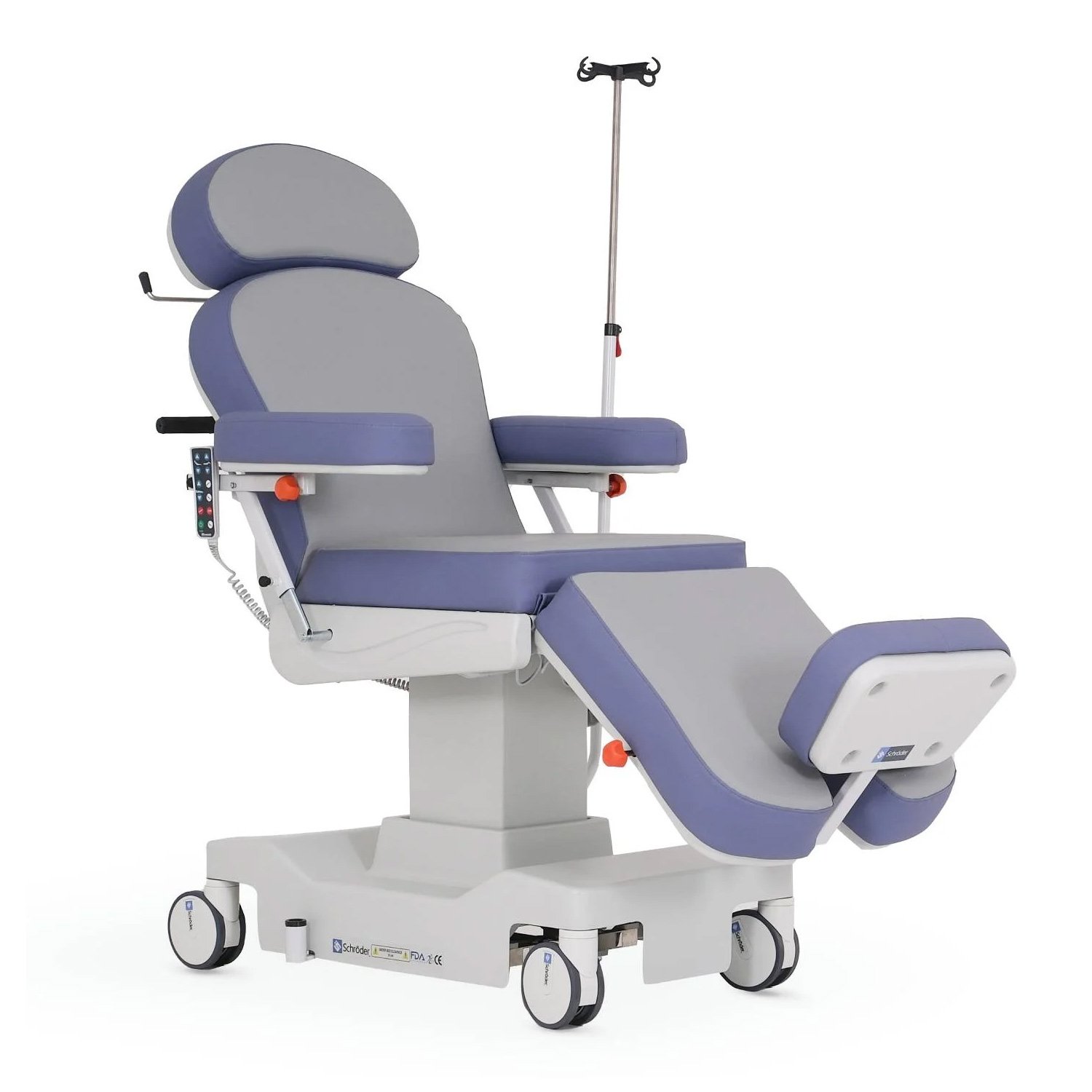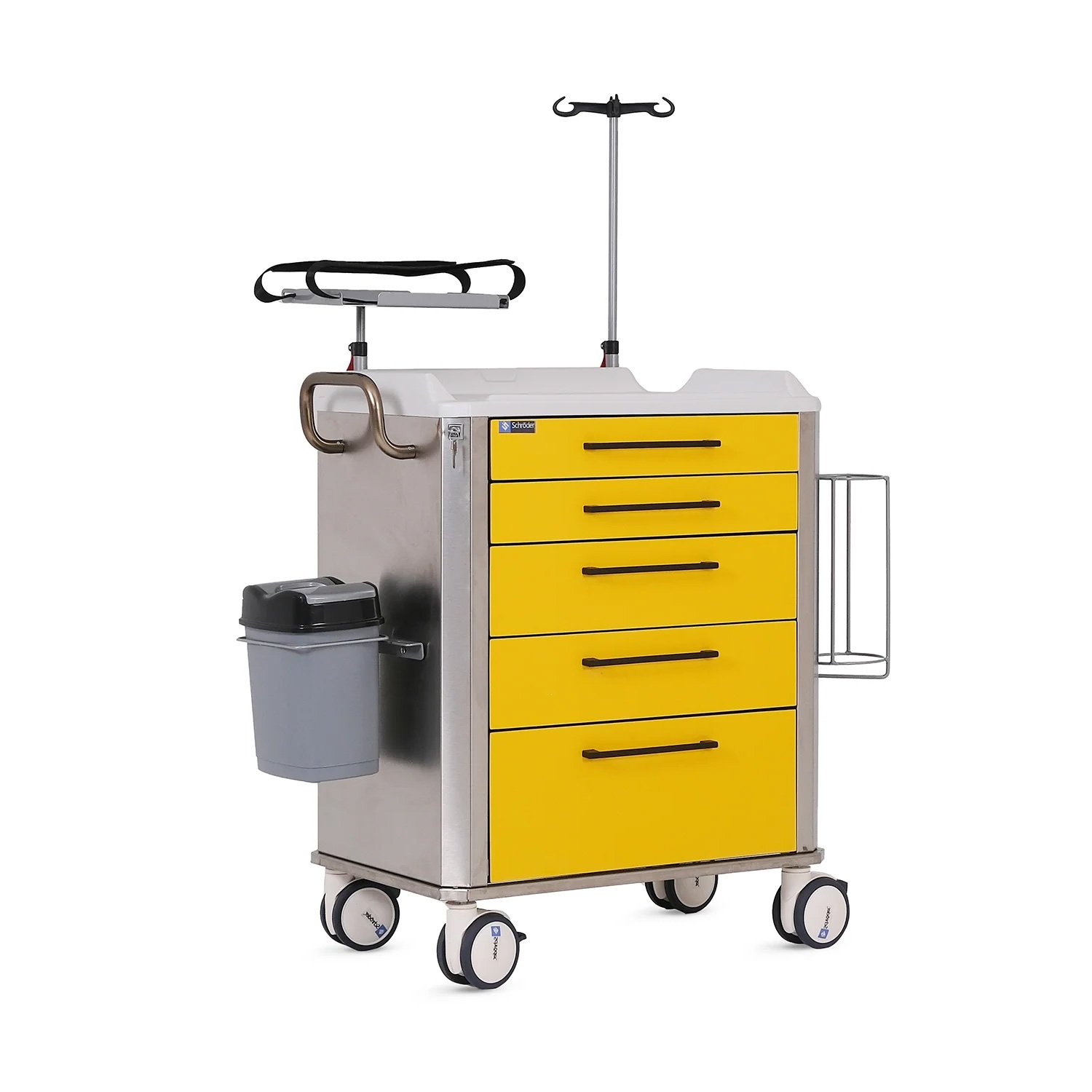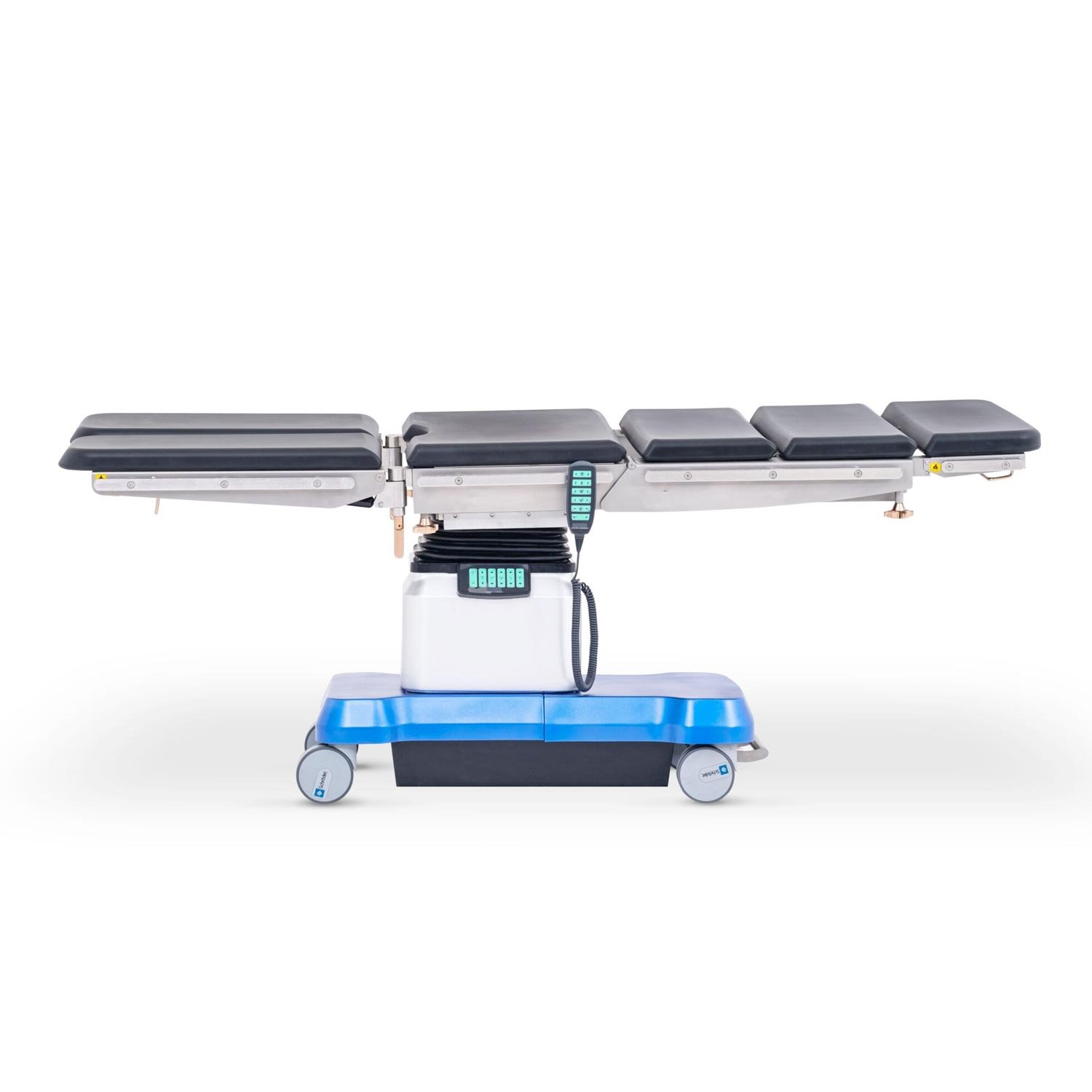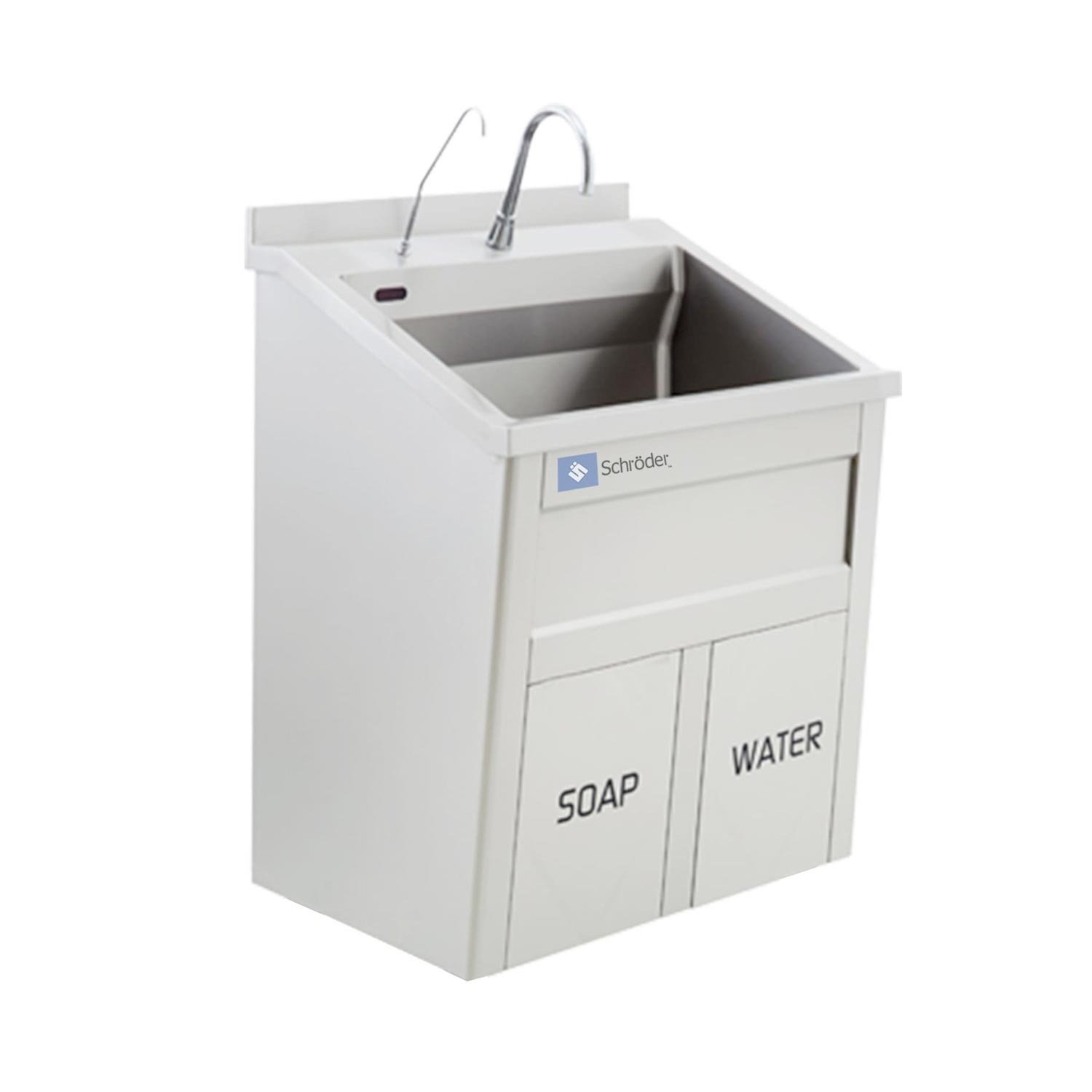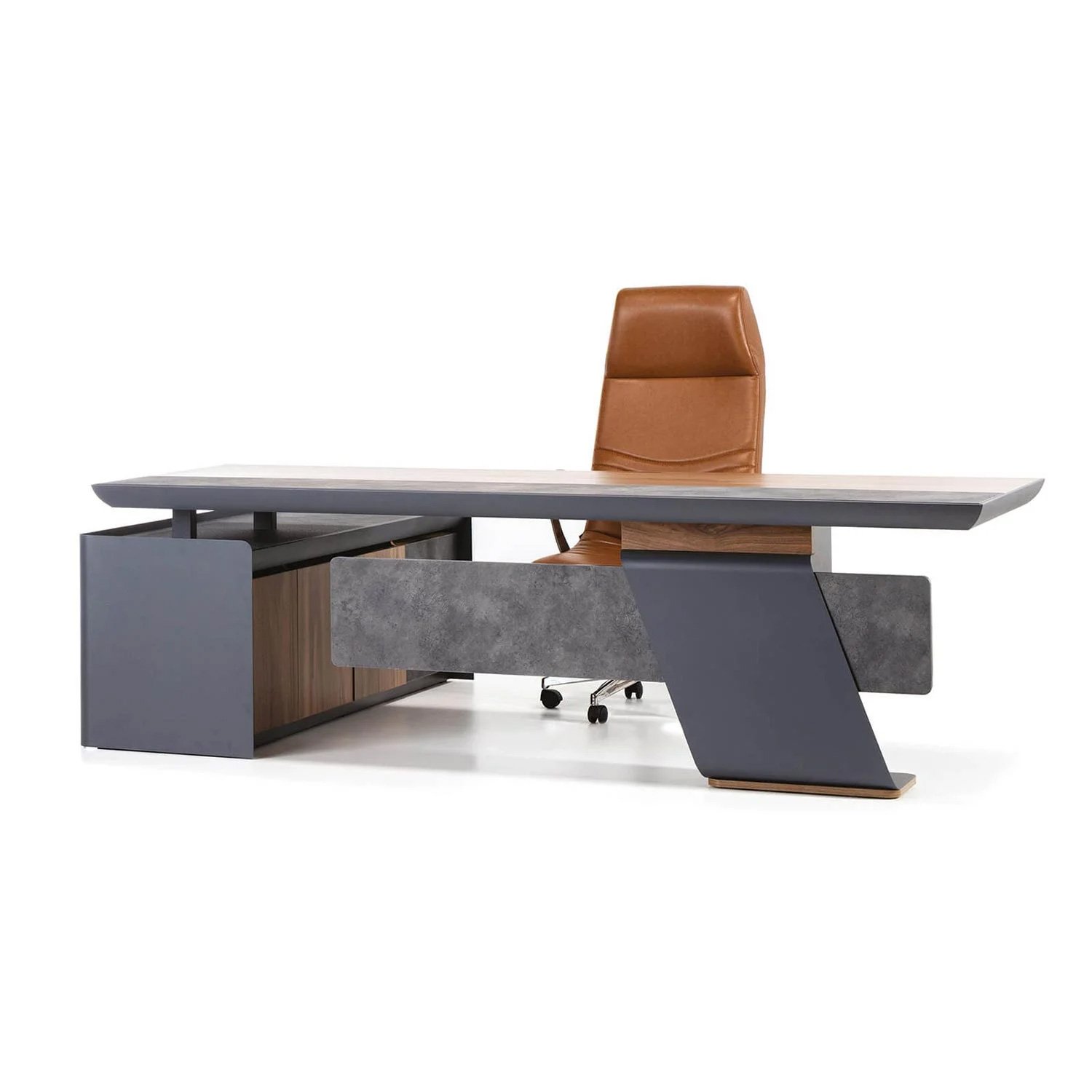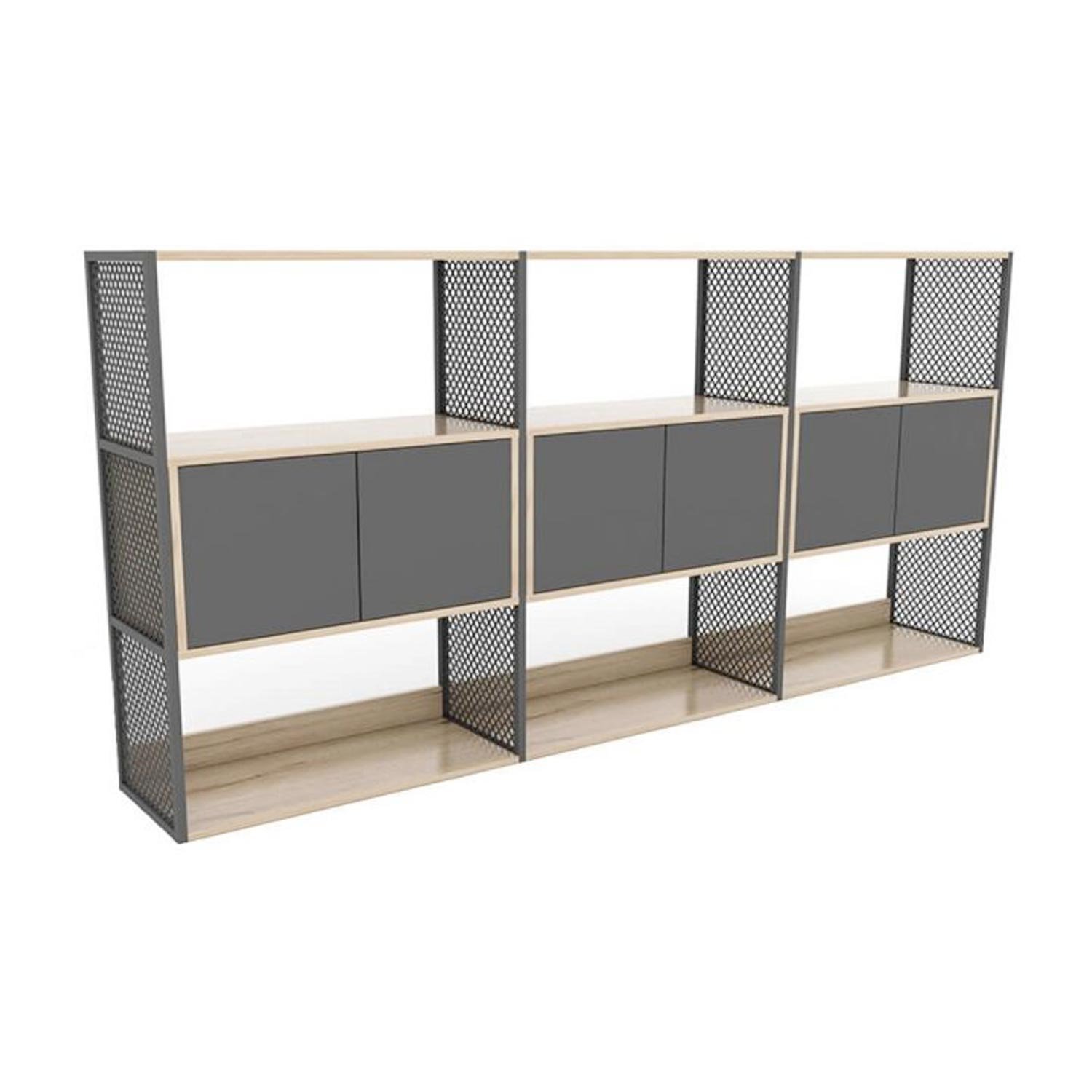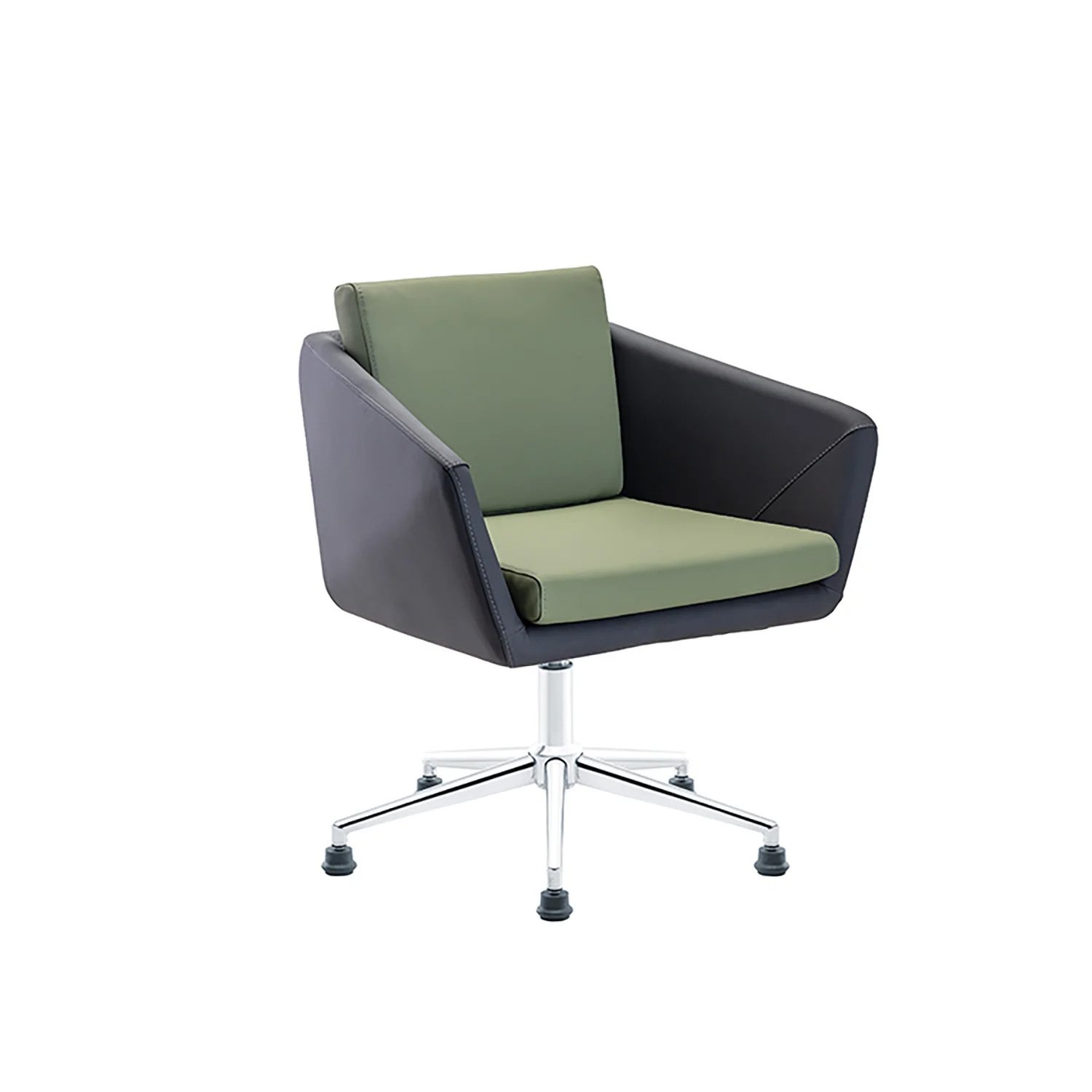Leading Healthcare Manufacturer in Turkey
Schröder Health Projects is an one of biggest manufacturer of electronic and manual beds, hospital equipments and accessories.
In the productions have bigger range as emergency department, ICU & CCU solution unit, treatment department, old people’s home and care facilities for human. Also, Schröder Health gives solution for gynecology and obstetrics departments.
Schröder Health is constantly ahead of its competitors in the production of hospital beds and equipment. The company, which takes patient comfort and providing convenience to hospital staff as a principle, offers innovative and stable products to the market. With its expert staff in our R&D department, it easily provides the development and reconstruction phase of products in healthcare services.
Since 2007, the production plant in Gaziantep (Turkey) also serves. It has become a world brand with exports to more than a hundred countries around the world.
Schröder Introduction Video
Schroder Healthcare Inc. is the leading innovator and manufacturer of medical furniture in Turkey, with a focus on electronic beds, stretchers, delivery beds and medical carts with. With a wide product spectrum consisting of more than 300 products, the company responds to any demand of medical furniture from any segment, with a flexibility to provide caregivers and patients with products between luxury to cost effective ranges and depending on requirements that vary in accordance with the territory.
In-house R&D, devotion to feedback and observation combined with responsibilities of market leader role in Turkey, Schroder sets the trend in Turkey for medical furniture with innovations that makes the company a name associated to quality.
In addition renders it possible to modify products in accordance with client demand, thanks to skillful staff and state-of-the-art machinery.

